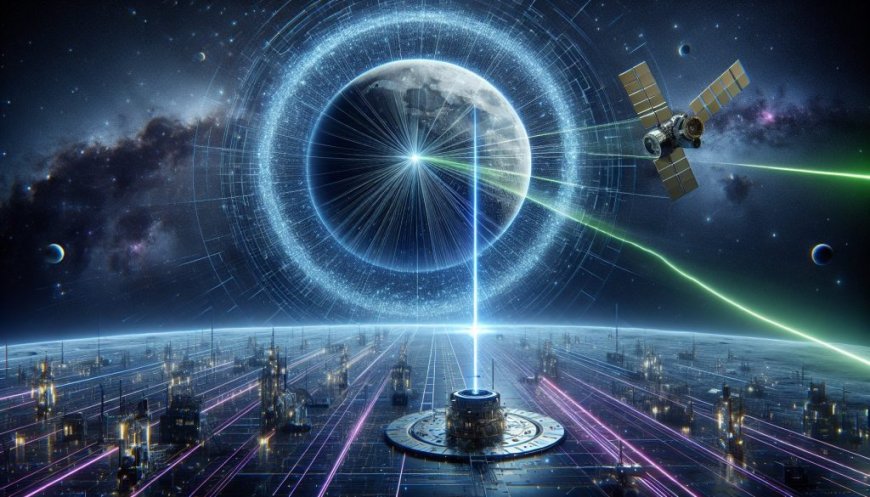NASA's Innovative Space Transmission
NASA has recently achieved a groundbreaking feat in space communication technology. Using an asteroid probe named Psyche, NASA successfully transmitted a high-definition video over an impressive distance of 30 million kilometres. This technological marvel was not accomplished using traditional radio waves, but rather through a novel approach involving a near-infrared laser beam. The content of this transmission was a lighthearted 15-second clip featuring Taters, an orange cat playfully chasing a red laser dot around a couch. This whimsical choice of video content adds a touch of humor to this significant scientific achievement.

The Psyche Probe and Its Mission
The spacecraft at the center of this achievement, the Psyche probe, is part of a broader mission aimed at exploring and understanding the deeper realms of space. The probe's journey and its objectives are well-documented across NASA's platforms, confirming the validity and success of this transmission experiment. The choice to use the cat video, featuring Taters, is an amusing footnote in what is a significant technological and scientific endeavour.
Also check Qualcomm Snapdragon 7 Gen 3 Chipset Phones to Watch Out For in 2024
Traditional Data Transmission in Space Exploration
Historically, deep space probes like Psyche have relied on radio waves for communication. This method, while reliable and low in power consumption, comes with limitations in terms of data transmission rates. Radio waves can only transmit so much data per second, even with the application of advanced algorithms and techniques to maximize their capacity. The need for a more efficient data transmission method was evident, particularly for missions requiring high-speed, high-volume data communication.
The Shift to Laser-Based Communication
Addressing the limitations of radio wave transmission, NASA's Jet Propulsion Laboratory (JPL) innovated by developing a 75W near-infrared laser system for the Psyche probe. This advanced system significantly surpasses the capabilities of traditional radio systems, offering transmission rates up to 267Mbps. This is a monumental increase compared to the maximum speeds achievable with radio wave communication, which are ten times slower than those of the laser system. This advancement represents a major leap forward in space communication technology.
The Significance of the Laser Transmission
The successful transmission of the Taters video using the near-infrared laser system is more than just a quirky story; it's a testament to the potential of laser communication in space exploration. This technology promises faster and more efficient data transmission, which is crucial for the increasing demands of modern space missions. The ability to send high-definition videos and large volumes of data quickly and reliably could revolutionize how we receive information from space, enhancing our understanding of the universe.
Conclusion: A New Era in Space Communication
In conclusion, NASA's successful transmission of a cat video over 30 million kilometres using a space laser marks a pivotal moment in space communication history. This achievement not only demonstrates the feasibility of laser-based communication in space but also paves the way for more ambitious and data-intensive space missions in the future. The playful nature of the video content adds a human touch to this scientific milestone, reminding us of the creativity and innovation that drive space exploration. As we move forward, this technology is set to play a crucial role in expanding our horizons and deepening our understanding of the cosmos.


































